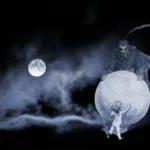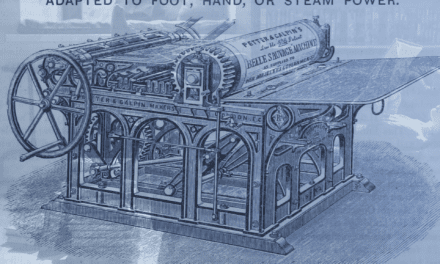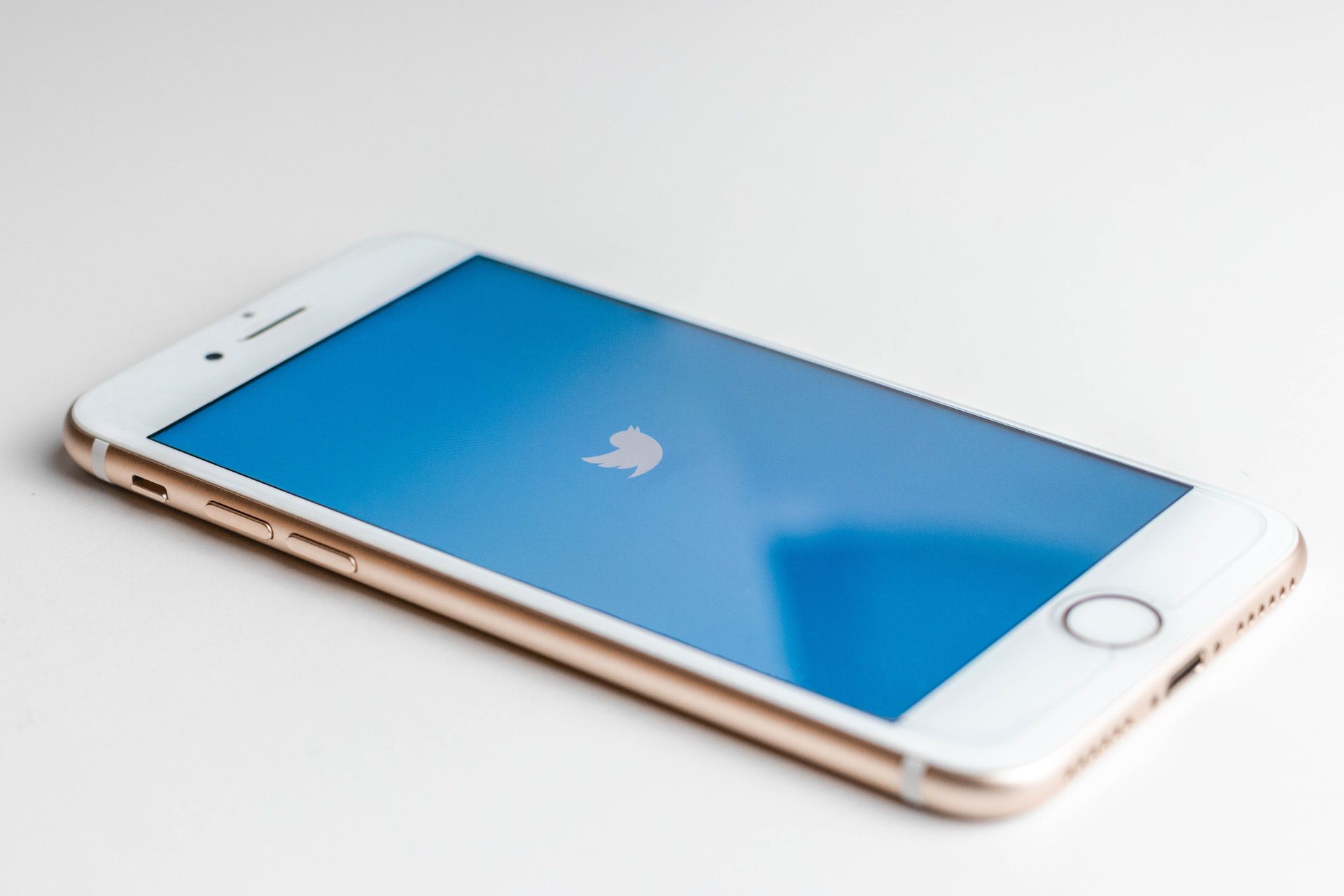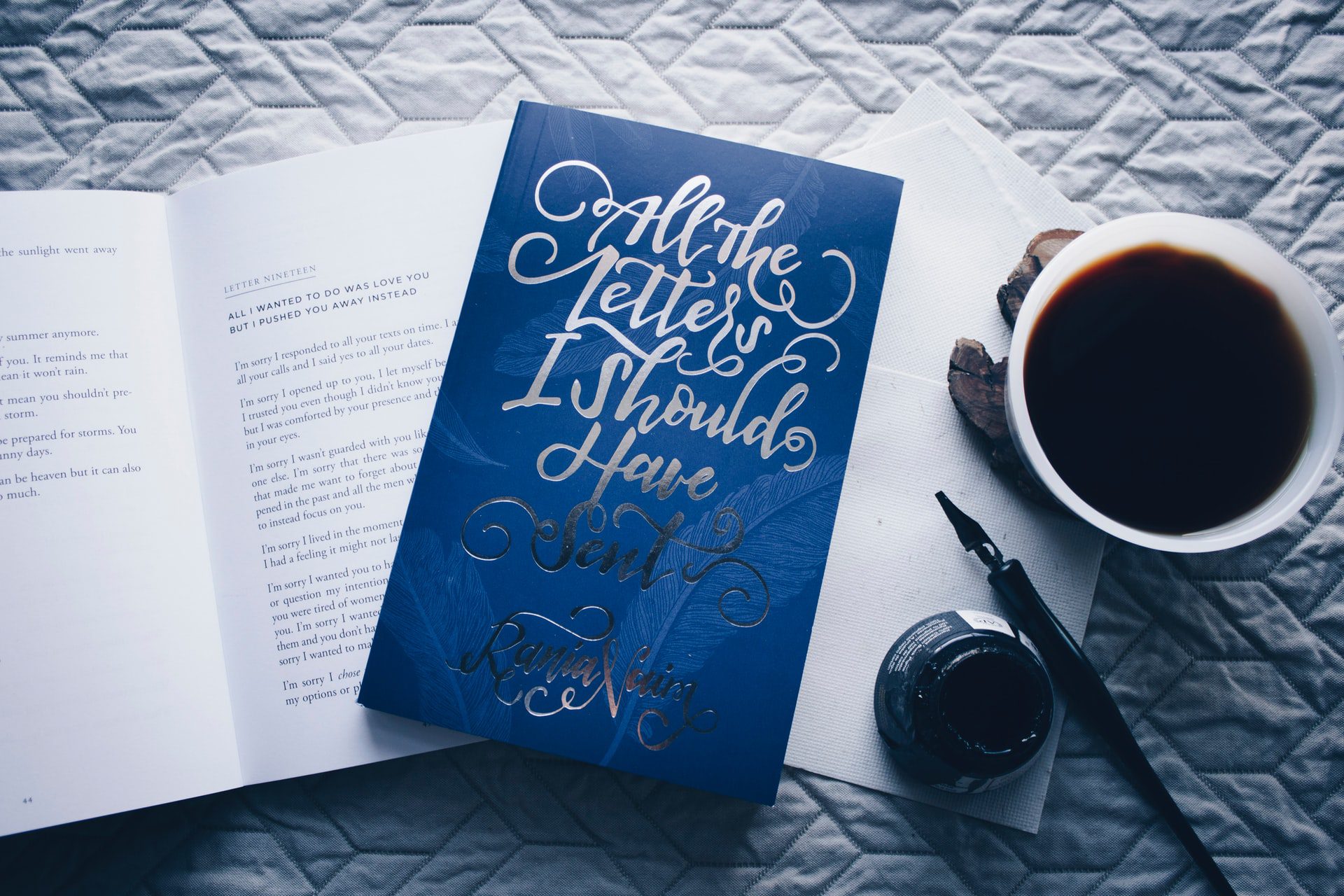
The New York Times Bestseller Lists Explained
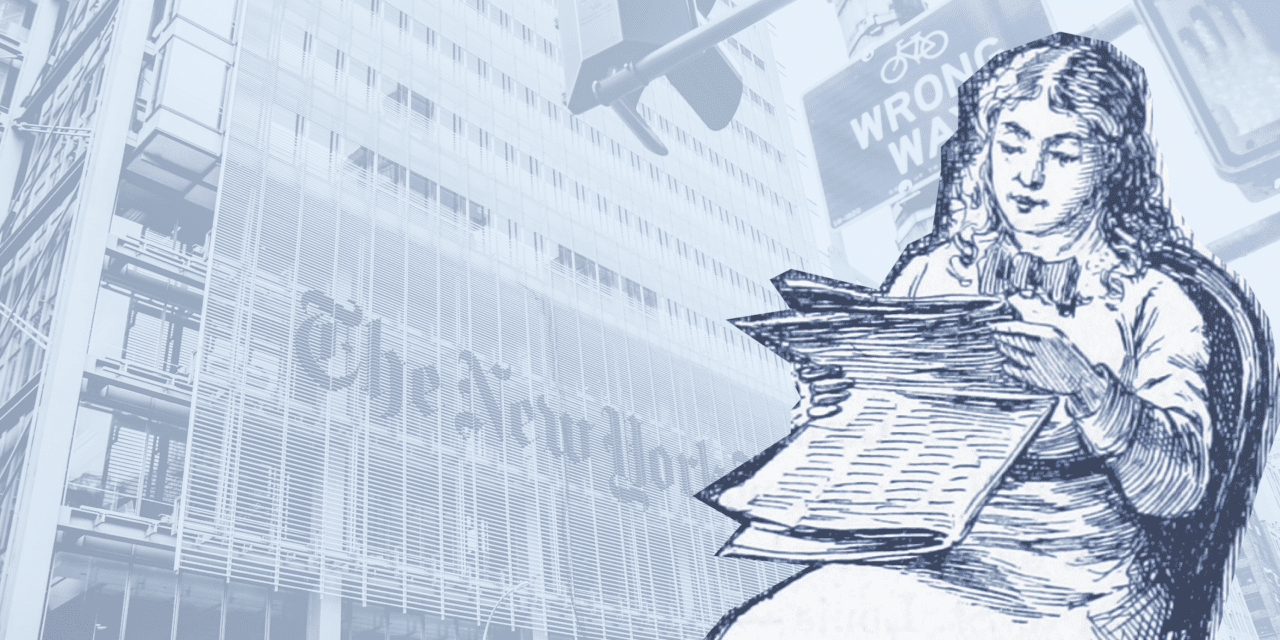
The New York Times Bestseller list is the most famous list of bestselling books in the United States. It has been published weekly in The New York Times Book Review since October 12, 1931.
Since it first appeared, it has evolved into an important marker for publishing success—authors covet the title of New York Times Bestseller to put on their book jackets, and bookstores have come to rely on the lists to promote sales and determine a book’s popularity.
What is the New York Times Bestseller list?
In short, The New York Times Bestseller list requires an author to make a minimum of 5000 book sales (higher, depending on the list) in a single week across diverse retailers and from multiple geographic locations.
They have a proprietary way of analysing sales data that is kept a closely guarded trade secret. While the lists are based on weekly sales data collected from retailers all over the United States, the retailers they target, and how their data is used are not something The New York Times publicise, and a lot of the final list placement is also based on editorial decisions rather than on raw sales data.
The New York Times Bestseller list is not just one list, but rather several lists grouped by genre and format. These lists include:
- Adult Fiction – combined print & eBook list (weekly)
- Adult Fiction -hardcover list (weekly)
- Adult Fiction – paperback list (weekly)
- Adult Nonfiction – combined print & eBook list (weekly)
- Adult Nonfiction – hardcover list (weekly)
- Adult Nonfiction – paperback list (weekly)
- Adult Nonfiction – advice, how-to, and miscellaneous list (weekly)
- Middle-Grade – hardcover list (weekly)
- Young Adult – hardcover list (weekly)
- Picture Books (weekly)
- Children’s Series (weekly)
- Business list (monthly)
- Graphic Novels and Manga list (monthly)
- Mass Market list (monthly)
- Middle-Grade – paperback list (monthly)
- Young Adult – paperback list (monthly)
- Audiobooks – fiction (monthly)
- Audiobooks – nonfiction (monthly)

How difficult is it to get on the New York Times Bestseller List?
Although 5000 book sales appears an achievable target given the size of the book market in the United States, it’s not as easy as it first seems. Achieving the minimum sales numbers is not enough in and of itself. Each list only has a limited number of slots (usually 10-15), so you’ll compete with other titles weekly for a coveted placement.
Additionally, The New York Times allows the same book to hit more than one list at the same time, meaning that many of those rarified bestseller slots are taken up by the same titles, bumping others from consideration. As an example, It Ends With Us by Colleen Hoover appears on three time in 2022; the Combined Print & Ebook Fiction list, the Paperback Trade Fiction list, and the Audiobook Fiction list.
Self-published authors will also find it very difficult to break onto the bestseller list. Because of the strict rules about sales diversity across retailers and locations, even when indie authors meet the requisite sales for consideration, it’s much more difficult to get the diversity needed without the distribution network provided by traditional publishers.
The problematic nature of the New York Times Bestseller List
Despite its longevity, and popularity as a metric for a book’s quality, The New York Times Bestseller list is not without its fair share of criticism. A lack of transparency in the way that sales data is analysed to award the coveted top spots is among the most common. This comes down to the fact that the lists are considered editorial, rather than factual, meaning that they don’t always represent the top books based on sales data alone. The list editors have a lot of say in what they include, meaning impartiality is not something that the bestseller lists are known for.
The list has also received criticism for being an inaccurate measure of sales because they prioritize short-term “fast” data over more accurate long-term data. A book that sells well consistently is usually overlooked because the nature of the weekly lists means that only a particular week’s sales data is ever considered when it comes to conferring bestseller status. Consequently, books that have just recently debuted will be more likely to make their way onto the list than those that have been out longer and experienced higher sales volumes consistently but at a slower, more steady rate.
The priority of “fast data,” in contradiction to the above, also means that debut books can often fall short of the targets required to make the list due to something called “circular sales.” What this means is that once a debut book makes it onto the bestseller list, it can then be marketed as a bestseller, meaning it’s more likely to remain on that list, pushing new titles away from the coveted spots. For instance, in 2022, The Seven Husbands of Evelyn Hugo by Taylor Jenkins Reid, spent a whopping 78 weeks on the Paperback Trade Fiction list.
There have also been instances of writers, publishers, and marketing companies using shady tactics to buy their way onto the lists. Thankfully this is something that The New York Times takes seriously, and is considered widely unethical by the industry at large.
Can self-published authors get on the New York Times Bestseller List?
While it is undoubtedly more difficult for self-published writers to make it onto The New York Times Bestseller list, it is not impossible. Because of the requirement for diversity of sales, indie authors find it more difficult to gain traction, but it has been done.
Romance novels and ebooks tend to be the easiest ways for indie authors to put themselves on the list. Colleen Hoover is once again, a notable example. Her self-published ebook Slammed made it to eighth place on the combined print and ebook list on August 5th, 2012.
Ultimately, as long as you’re able to sell copies of your book across a wide range of retailers (selling just on Amazon won’t get you very far), can reach an audience across the entire United States, and are able to provide physical copies of your work on demand, you’ll be able to give yourself the best chance of appearing on the lists.

How do you get on the New York Times Bestseller List?
If you’re a writer, being on The New York Times Bestseller list is a nice thing to have under your hat. But it’s not necessary.
If you want to write books and make money doing so, writing the best book possible and promoting it well are much more important than how that book fares on any particular list.
That said—if you do want to try to get your work on The New York Times Bestseller list, these are some strategies that will give you the best chance of success:
Have diverse sales
Diverse sales are one of the biggest barriers to self-published authors, and the reasons that traditionally published books thrive on the bestseller lists. To achieve diverse sales, you must have sales from a mixture of retailers, including online, offline, big chain stores, and independents.
The theory is that if diverse readers are reading your book, it’s an accurate reflection of general popularity. This is why geographic location is also a big consideration for diversity of sales. If all the people who buy your book are from a single location, it suggests to the editors of the list that your book has localised, rather than general appeal.
You could have over 20,000 sales of your book in your first week, but if those sales are from a single location, a single retailer, or only represent bulk sales, you simply won’t qualify for The New York Times Bestseller list.
Prioritise pre-orders
Getting on The New York Times Bestseller list is not just about selling a lot of books. It’s also about selling them quickly. The data is collected weekly, and opening week sales are what will make or break your opportunity.
The reason that pre-orders are essential to any book looking to register for the list is that pre-orders count toward your opening week sales. No matter how long your presales are open (you could have been selling preorders for months in advance of your book’s release!), those sales will only count as “sales” when your title is officially launched. So 10,000 presale copies, when added to your first week’s real-time sales, means you’ll have a healthy head start toward your bestseller list bid.
If you really want to give yourself the best chance of appearing on The New York Times Bestseller list, a presale marketing campaign is absolutely essential. Not only will they help boost your first week’s sales numbers, but they also have the added bonus of increasing visibility and marketing momentum for your initial release more generally.

Build a large author platform
Every author with a view to publishing of any kind should have an author platform — somewhere readers can go to find out about you and your work.
Gathering a social media following, having open lines of communication with your readers, and gathering reviews are great ways to boost your visibility. And increased visibility almost always translates to increased sales.
The more visibility you can have, the better. To increase your author platform, you’ll probably need to be quite proactive. Reach out to influencers for book reviews, give away free copies of your books to potential readers who you think will be primed to recommend you, and try and get your work featured in magazines or newspapers, both on and offline.
Building your author platform is all about learning to market yourself and your work, which is essential if you want to make it to the bestseller lists. It’s not for everyone, but there are no shortcuts if you want to make those huge sales quotas.
Have an extensive email subscriber list
Once you have an author platform, one of the best marketing tools at your disposal in order to drum up sales is an email subscriber list.
Email is the most effective form of marketing. It’s not just about selling books, though—it’s also a great way to build relationships with readers and grow your author platform, giving them value through advanced news, and exclusive competitions or deals.
Email marketing is a long-term strategy. Authors who use email as part of their marketing plan can expect it to take months (or even years) before they start seeing results, but once those results come in, they’ll be steady and consistent for years to come.
Email marketing is absolutely essential in helping you get pre-sales. If you’re an indie author especially, email is one of the top ways you can generate interest in your book before it’s released — especially if you’ve made your book available across a wide variety of platforms and in stores. It’s a quick and easy way to communicate presale purchase options to as many people as you can, at the same time.

Go on a presale book tour
If you have the means, and especially if you’ve already published a book, a book tour is another great way to drum up interest in your work and collect presales from diverse retailers.
If you’ve already published, organising nationwide book signings at diverse retailers is an effective way to let your readers know when you have a new book coming out. And readers who have already come out to see you are very likely to put down deposits for presale copies of your upcoming book, ready to contribute to your opening week’s sales totals.
If you’re new to publishing, however, but want to build up presales for your first book, consider organising talks or presentations in different cities across the country. At these talks, make sure you have presale information available, and if you’re at an event that would usually have a speaker’s fee, waive the fee in exchange for a bulk book purchase to be shipped to attendees on release.
Another good thing is that in our post-covid digital age, it’s now easier than ever to organise events all over the country without having to attend in person. Libraries and bookstores still occasionally host online author events, so you can reach a wider audience without having to travel cross-country. Just make sure you’ve got presale links available to share with attendees.
The main thing to remember is that while being on a bestseller list is a nice feather in your cap, it shouldn’t be the be-all and end-all of your writing journey. The most important thing is writing the best book you can, and reaching an audience who will love your work. And if you do like the idea of a bestseller title, there are also smaller lists all over the world that offer more opportunities for a wider variety of authors, including self-published authors that might be worth exploring.




